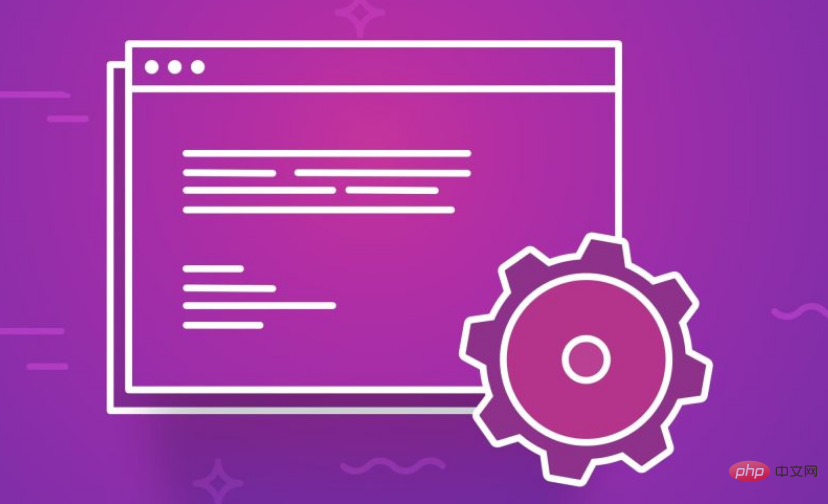
In this article, we will cover how to set up a secure PHP configuration file. This article will be more helpful for custom coders.
Using PHP as a configuration file is a method to pass configuration information to applications. They are used to store sensitive information like API keys, database connection strings, and other configuration details outside of your codebase. The idea is to separate configuration from code, making it easier to manage and more secure. This way, instead of hard-coding information directly into your code, you’ll retrieve it using Environment Variables when needed.

Imagine that somehow your codebase was exposed or shared with the public, and everyone who reads it could see your sensitive information.
<?php require_once('config.php'); $username = Username; $password = Password; $host = Host; ?>
We are going to create a file called config.php. (You can use whatever name you like)
Inside the config.php file, create constants to store your information.
<?php define('Username', 'herbert'); define('Password', 'yourpassword'); define('Host', 'yourhost'); ?>
Both Constants and Variables are used to store values, but there is a slight difference between them.
Constants created with define are immutable, meaning their values cannot be changed after they are defined. This is ideal for static values like sensitive credentials. Additionally, Constants are global in scope, meaning they can be accessed from any part of the script.
Regular variables $something = 'value'; are mutable, allowing their values to be changed during the script’s execution. This means you can assign their value to a new one with the same name. While, Variables can be defined with various scopes, including local scopes within functions or classes.
When you need to use the config.php file you need to include the file you are going to use.
With the information above, you now have the knowledge to use PHP configuration files to make your coding more efficient. However, remember that this is only a layer of security when securing your web application. The more you explore, the more you find out about things, which will help you secure your application.
Thank you for the precious time you’ve put into reading this. Have a wonderful day!
The above is the detailed content of A Full Guide to Using PHP Configuration Files for Best Practice. For more information, please follow other related articles on the PHP Chinese website!




